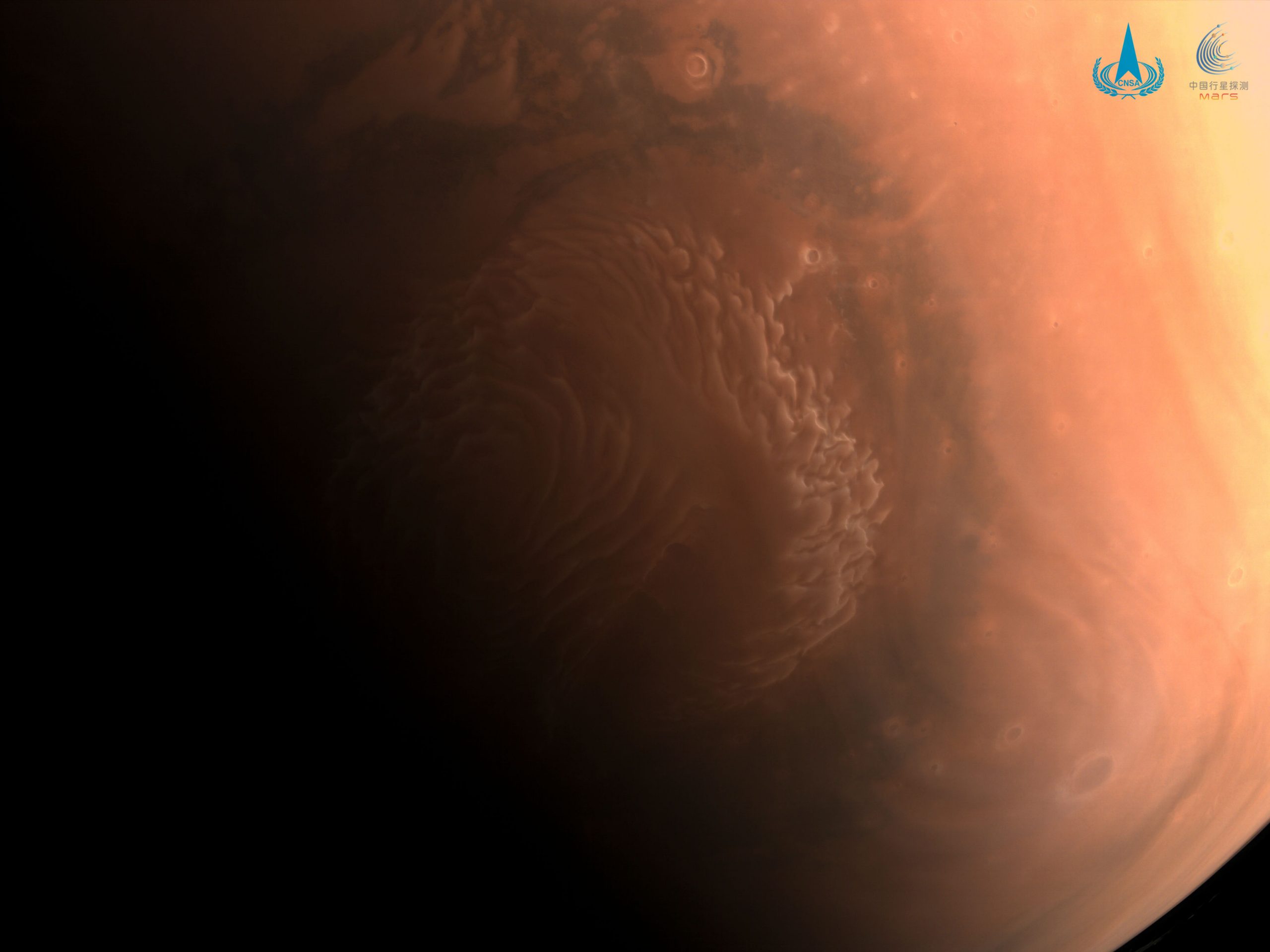Neil Armstrong took mankind’s giant leap on the moon decade ago and now, another space race is heating up. This time, its the Red planet Mars that has caught the fancy of adventurers.
A series of robotic missions have been carried out, including NASA’s Perseverance rover this year and China’s Zhurong this month, all these have lead to one inevitable question. When can humans follow? Over the decades, unmanned missions have beamed a trove of information, including the presence of water ice on Mars, fueling expectations a human landing might be possible.
NASA wants to send astronauts to Mars, maybe around 2030. As for now, the United Arab Emirates has a spacecraft orbiting the planet, is promoting a 100-year plan to create a colony there. While China said that sending humans to mars seems to be a long-term goal, those eager for a taste of Martian life can visit a simulation site in the Gobi desert for now.
Billionaire Elon Musk is the most ambitious of all, the founder of Space Exploration Technologies Corp. wants to send humans this decade only. In his last year’s interview, Elon said that he was confident a crewed mission could take place in 2026. However, many scientists warn off of too many unanswered questions about deep-space travel. Acknowledging the risk, Musk said, “it’s tough sledding over there.”
The tycoon said, “Honestly, a bunch of people probably will die at the beginning,” in an interview with X Prize Foundation founder Peter Diamandis.
Here are some of the biggest challenges on the planet, from surviving cosmic radiation and dust storms to producing oxygen and water:
So far away
A trip to Planet Mars would take anywhere between six to nine months but the Apollo astronauts could fly to the moon in just a few days. The distance between Mars and Earth varies between 35 million miles ad 249 million miles due to their elliptical orbits, there’s only a small window available when the two are ideally aligned for space travel, which makes the logistics much trickier. Alice Gorman, an associate professor at Flinders University in Adelaide and a member of the advisory council of the Space Industry Association of Australia said, Wit lunar exploration, “there’s always the prospect of rescue or provisioning or supply from Earth or from a midway space station. That’s not going to be the case for Mars.”
Solar Killers
A long flight would expose humans to one of space travel’s biggest terrors: solar flares. A flare is the equivalent of 100 million hydrogen bombs, the most powerful type of explosion in the solar system. Earth’s magnetic field can shield the astronauts in orbit but a deep-space traveler hit by such radiations would not be able to survive more than few days.
Lewis Darnell said that it’s a very gruesome way to die. He is a professor and specialist in astrobiology in the Department of Life Sciences at the University of Westminster in London and has done research linked to life on Mars. The Apollo program didn’t address this issue and choose to take the chance that few days of a lunar mission wouldn’t coincide with a solar event. Water tanks onboard the spacecraft could act as shields if positioned properly, said Dartnell, so in the event of a flare, travelers could retreat to the spacecraft’s version of a panic room surrounded by water tanks. It would be a different story for multi-month trips to Mars. He said, “How can we make our space weather prediction good enough that we can give the crew notice?” “We don’t have established capacity to observe the Sun from different angles for tracking solar storms.”
Dust Storms
Mars has a much thinner atmosphere than the earth has and it doesn’t have a global magnetic shield, which makes the humans on the planet‘s surface to be at risk of exposure to solar and cosmic radiation. Nilton Renno, a professor at the University of Michigan whose research interests include astrobiology said, the surface of the planet is largely dust, and massive storms can create dust clouds that block out the Sun. During such a storm, “it’s almost like midnight on the surface of Mars for two months. If you are there with solar panels for power, you very likely don’t survive. You don’t have enough energy to keep things warm enough.” said Renno. One solution for humans would be to use that dust to protect themselves, lining shelters with sandbags filled with Martian soil could block the radiation, said Joseph Michalski, an associate professor who explores the habitability of Mars at the University of Hong Kong.
Food, Water, and Oxygen
In the 2015 Hollywood blockbuster movie, “The Martian”- Matt Damon’s stranded astronaut grew potatoes by fertilizing the planet’s soil with his own feces. Elisabeth Hausrath has more modest farming ambitions, an associate professor at the University of Nevada, Las Vegas. NASA has been supporting her research for the past year and a half, on how to grow snow algae, a type that’s common in the Nevada desert and other high-altitude, low-nutrient environments on Earth, in conditions mimicking those of Mars.
Elisabeth said that the plants have been growing great, the idea behind the research is that the algae could grow in greenhouses made of a flexible material similar to that of the space unit. Growing algae not only create a source of food but also produce oxygen in such conditions. Although the research is still in its early stage. Another problem scientists need to resolve is how humans could get enough water to survive on Mars. It has some sub-surface ice that could be one of the water sources. “Once you know where the ice is, those are locations where you might send humans,” said Victoria Hamilton, a planetary geologist at the Southwest Research Institute in Boulder, Colorado.
Getting Back Home
Humans traveling to Mars will need to take a rocket back to Earth unless everyone is ready to signs up for a one-way trip. Michalski said that figuring out how to get fuel to power that spacecraft back into space is the biggest technological hurdle. “It’s not the case that we would bring the rocket fuel with us. It’s just too heavy,” he added. He also gave one solution that might work, to use the resources available on the planet to make fuel by first electrically separating water from sub-surface ice and hydrated rocks and then combining the hydrogen and oxygen to make rocket fuel.
The optimists believe, sooner or later, the scientists will solve all these problems. Mars 2117 program manager for the UAE’s Mohammed Bin Rashid Space Center, Adnan AlRais said that today it is definitely a palace where we cannot live, but as we develop science and technologies, the answer might be different in 50 t 100 years from now.







